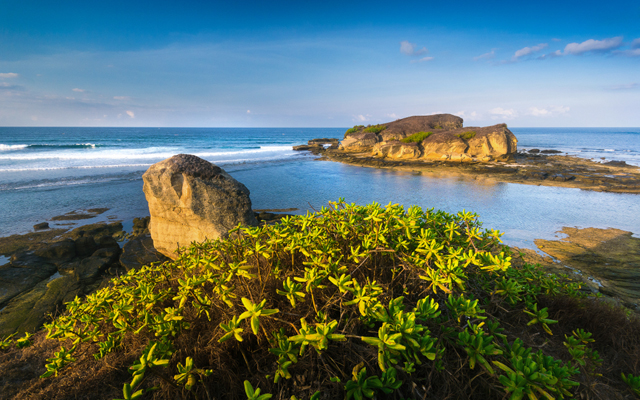Focus on tourist spend as Indonesia struggles with arrivals targets
10 Jan 2019
After a series of natural disasters last year put a spanner in the works of Indonesia achieving its visitor arrivals target in 2018, key tourism decision-makers are now steering the focus away from volume and onto revenue for 2019.
Visitor arrivals to Indonesia last year is estimated to be around 16.2 million, around five per cent lower than the target of 17 million.

The full 2018 data is not available at press time, but figures from Statistics Indonesia issued on January 2 showed that January-November arrivals totalled 14.4 million.
Indonesia minister of tourism Arief Yahya said the country was on track to meet the arrival target in the first half of the year – until an earthquake and tsunami hit Lombok late July and early August. “There were huge cancellations, up to 75 per cent. Between August and December, (arrivals) dropped by around 500,000,” he shared.
Achieving the 2019 arrivals target is likely to be a challenge, with devastating tsunamis hitting Palu and on Sunda Strait in the last weeks of 2018, while the travel industry also expects the national and presidential elections taking place in April to affect inbound numbers.
Arief said: “Although the arrival target for 2018 was not reached, we managed to reap total revenue of US$17.6 billion, (slightly) higher than target.
“The good news is, with this revenue, tourism has become the biggest foreign exchange earner, surpassing or at par with crude palm oil, which (brings in around) US$16 billion.”
Bambang Brodjonegoro, Indonesia’s national development planning minister, opined that the tourism sector should shift its focus from volume to boosting revenue.
He said during a tourism coordinating workshop: “We should not be content with seeing long queues of tourists at immigration counters at the airports anymore. It is not recorded in the current account. To increase foreign exchange earnings, we need more tourists to spend more money in Indonesia and as much as possible, stay longer.”










